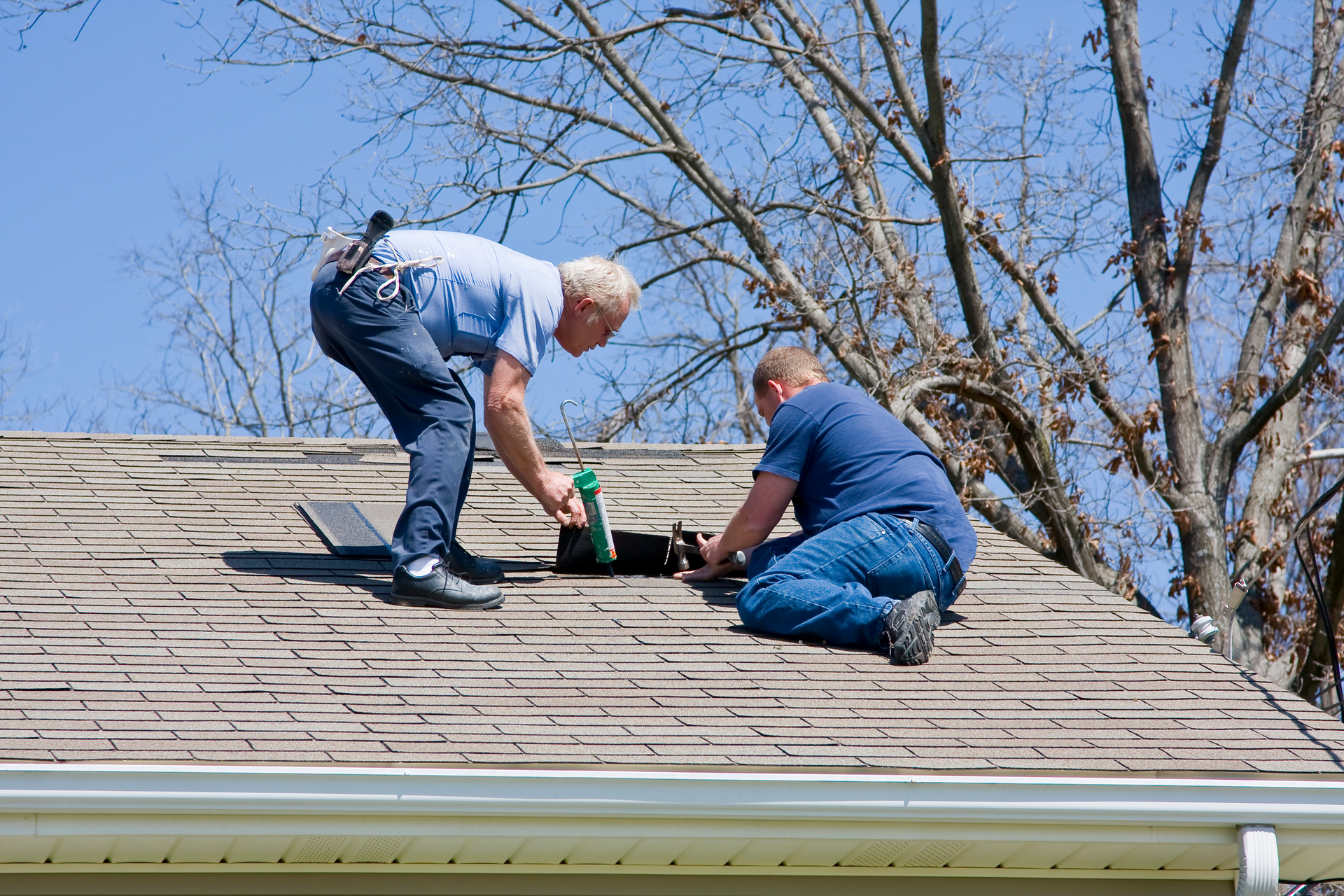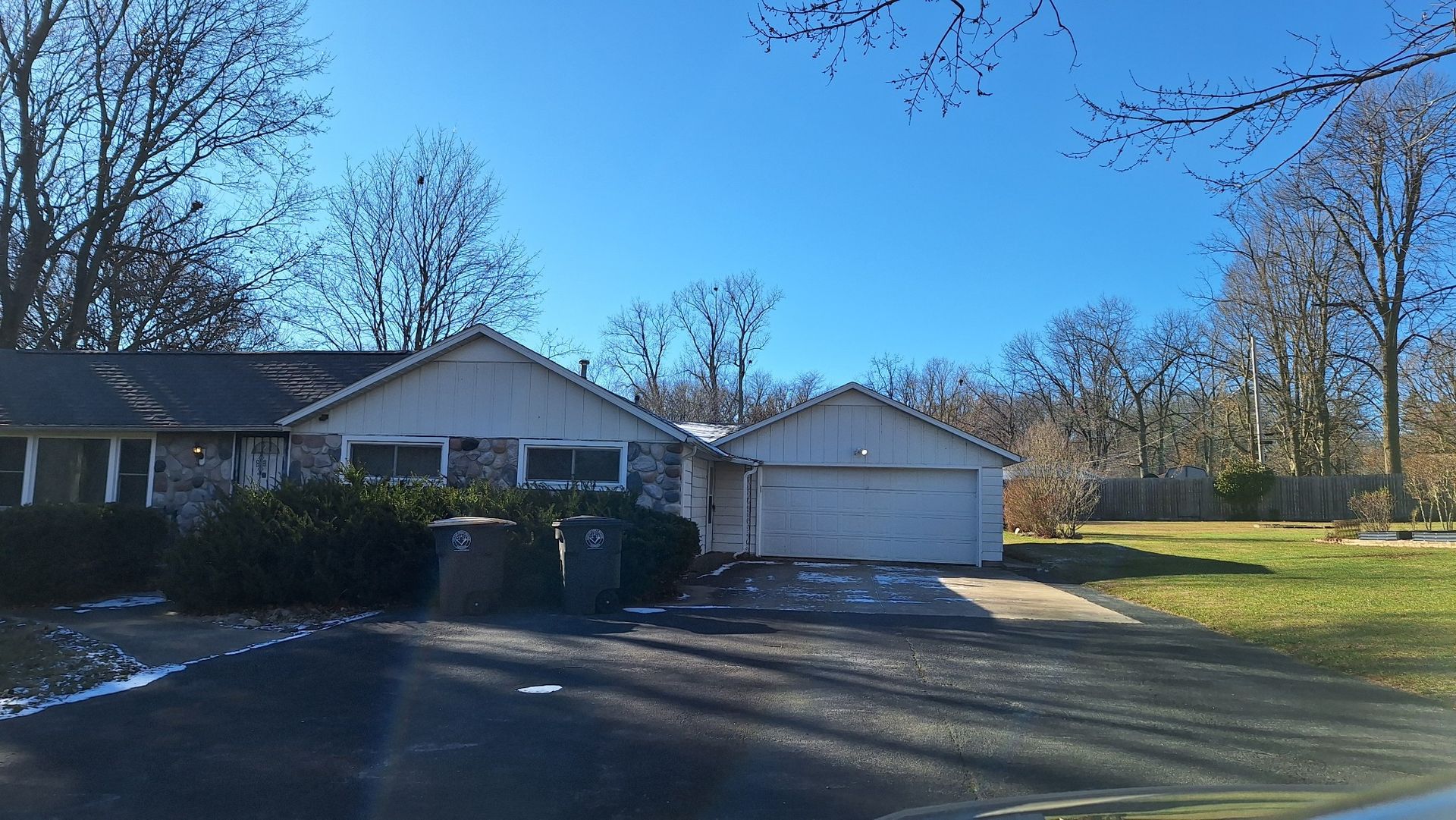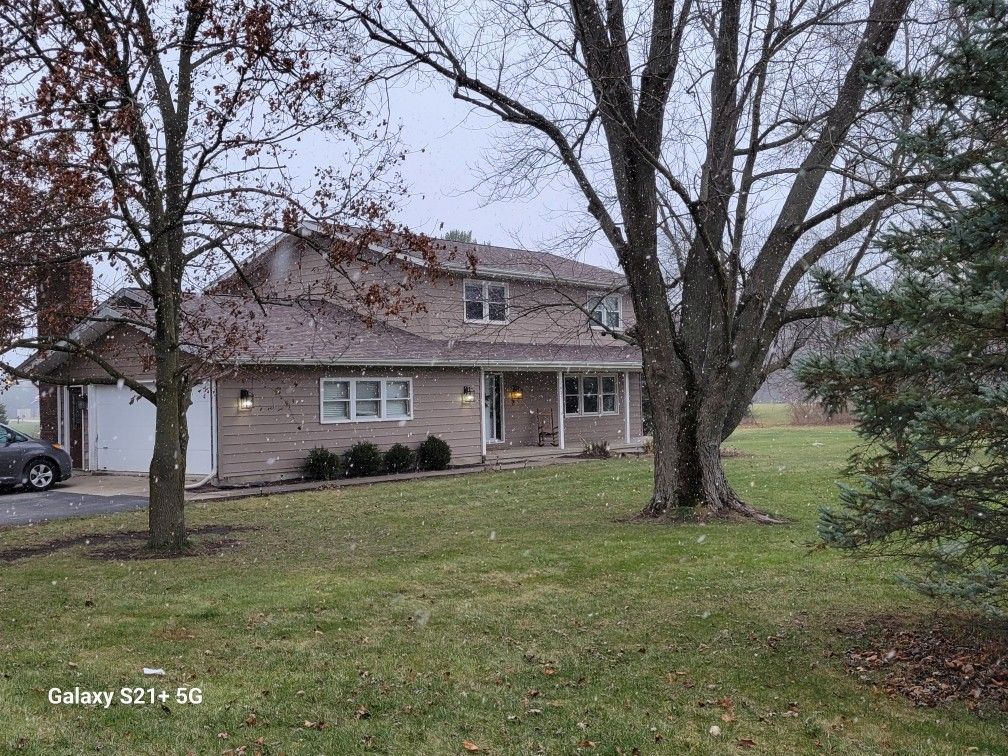Replacing Your Roof? 6 Reasons to Choose Slate

Roofing materials are plenty in the modern roofing market. Slate outperforms most roofing materials in longevity, eco-friendliness, and durability, making it a top choice for roof replacement. Explore more about the benefits of slate roofing below.
1. It Has a Long Lifespan
Slate is a long-lasting roofing material, and a well-maintained slate roof lasts for over a century. The product can reach 200 years in good condition, which is why you often see it in historic buildings.
Roofing manufacturers cut slate shingles from natural quarried stone, where it has existed for millions of years, so slate roofs naturally last longer than other materials. In comparison, composite shingles carry a 15 to 40 year lifespan, while wood shakes need replacement after 35 to 40 years.
2. It Is Resistant to the Elements
Slate is a resilient product that resists water, frost, high winds, heat, and daily wear and tear. If you live in a wildfire-prone region, slate is the perfect material because it is fire-resistant. If your location is always humid, you don't have to worry about the unsightly stains that fungus, mold, and mildew leave on roofs. The durability of slate roofs helps to lower maintenance expenses and requirements.
3. It Has Unique Aesthetics
A slate roof instantly boosts curb appeal and property value thanks to its unique characteristics. The material's pearly luster comes from mica, a natural stone with shiny flakes.
Slate roofs also feature a lot of character, as each stone has unique textures and tones. If you don't want a textured roof, ask your roofer about smooth, flat slate shingles that blend well with contemporary architecture.
Popular colors include gray, black, red, green, and purple, and combinations of various shades. You can match your slate roof with the siding, front door, and other exterior elements without worrying that your roof will go out of style. Few roofing materials can match the timeless charm of slate roofs.
4. It Is Readily Available
New slate is easily available, regardless of where you are in the country. Slate quarries are everywhere across the Northeast and Mid-Atlantic regions in addition to Canada. Roofing manufacturers also import the material from Spain, China, and Brazil, and you can be sure to get a replacement after your current roof reaches its lifespan.
5. It Is Eco-Friendly
Manufactured slate shingles only go through a little processing, unlike metal roofs, asphalt shingles, and other materials that use fossil fuel during production. Natural stone blocks are shaped by hand in most slate quarries, reducing chemical emissions.
Slate has the lowest embodied energy of all roofing materials, which measures the total energy necessary to manufacture, transport, and dispose of a product. You can't go wrong with slate if you want a roofing material with a low carbon footprint.
The material is also sustainable since you don't replace it as often as other materials. For example, roofing contractors replace asphalt shingles every 20 to 30 years, adding to the vast piles of landfill waste. At the end of slate's lifespan, it finds new life in architectural and artistic projects. Roofing manufacturers can also use old slate blocks to make newer roofing materials.
6. It Is Energy-Efficient
Slate roofs feature thick and dense shingles that prevent warm air from leaving your home in winter and keep hot air out in summer. These properties reduce the HVAC load throughout the year, as your AC unit doesn't work hard to keep you cool in summer, and the furnace doesn't struggle to warm you up when it's cold. Your energy bills also reduce because of using the HVAC system less.
A slate roof offers unparalleled beauty, longevity, and performance. Our roofing experts at SL Construction install high-quality slate shingles that protect your home from Mother Nature. Contact us today to schedule installation for a new slate roof.






